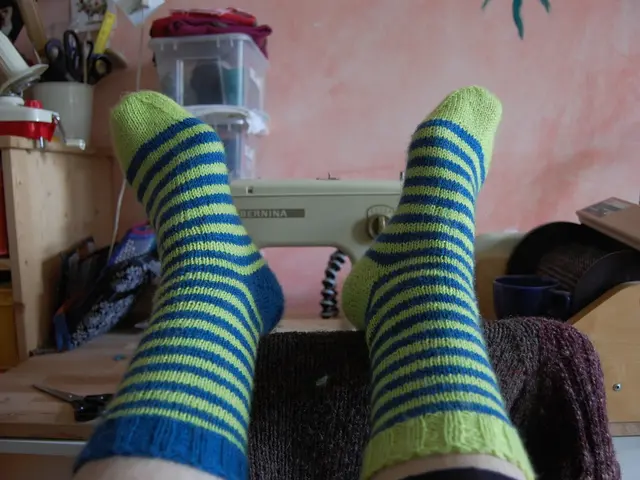Regarding MiCA, the lack of restrictions does not confer legality on USDT.
The European Union's Markets in Crypto-Assets (MiCA) regulation, effective since mid-2024, has led to a shift in the stablecoin landscape, with major exchanges delisting USDT, the popular stablecoin issued by Tether. However, the process has been more gradual than a synchronized event, with some platforms adopting indirect approaches or awaiting regulatory clarity before making permanent decisions.
Juan Ignacio Ibáñez, a member of the MiCA Crypto Alliance's technical committee, emphasized that the delisting of USDT by exchanges is not necessarily a requirement for all platforms to act at the same pace. Coinbase's proactive measure to delist USDT, as noted by Ibáñez, does not imply that other exchanges must follow suit immediately.
As of December 27, many exchanges, including Binance, continue offering USDT services to EU clients without announcing plans to cease these operations. This suggests a more nuanced market exit strategy, with some platforms choosing to delist USDT trading pairs gradually rather than implementing an immediate, universal ban.
The requirement for stablecoins to hold at least 60% of reserves in potentially "vulnerable" EU banks, as stated in MiCA, has raised concerns among industry leaders, including Tether CEO Paolo Ardoino. Ardoino specifically pointed to this provision as a potential systemic risk to stablecoins and the banking system.
Despite these concerns, no regulator has explicitly stated that USDT does not meet the requirements set forth by MiCA. Ibáñez noted that this does not mean the opposite, leaving the future of USDT's availability in the EU uncertain.
The EU aims to establish a comprehensive regulatory framework that aligns with standardized client protection measures by the end of the transition period. The future regulatory landscape for stablecoins in the EU is still evolving, with Kraken and Tether jointly funding the launch of MiCA-compliant stablecoins in November as a key milestone.
Tether, however, has concerns about the potential impact of MiCA on the stability of stablecoins. The company adopted an indirect compliance strategy by investing €30 million in Bit2Me, an EU MiCA-compliant platform with a regulatory passport, allowing continued indirect access to European markets without Tether itself obtaining direct MiCA authorization.
The MiCA regulation has fully taken effect in the EU, leaving the future of the USDT stablecoin ambiguous. Whether all exchanges will simultaneously delist USDT, if it will happen gradually, or whether some companies will adopt a 'wait and see' approach, anticipating statements from regulators, remains to be seen.
The delisting of USDT by some exchanges, as mentioned by Juan Ignacio Ibañez, may not be a compulsory action for all platforms due to the evolving nature of the regulation. Nevertheless, the finance sector and the technology industry are closely monitoring the regulatory landscape in the EU, particularly the future of stablecoins like USDT.








